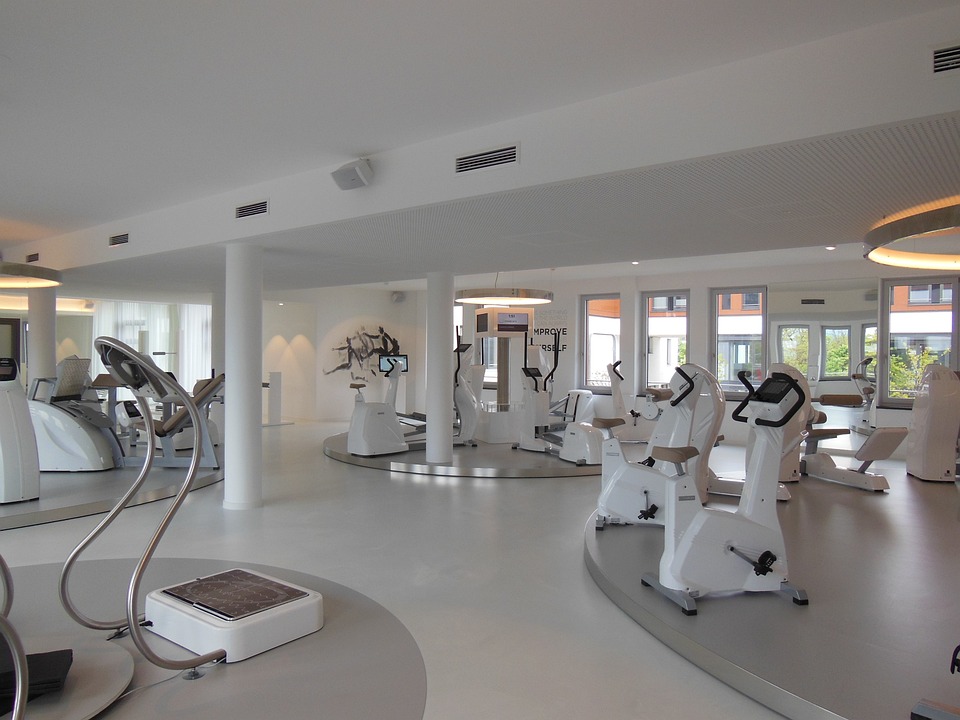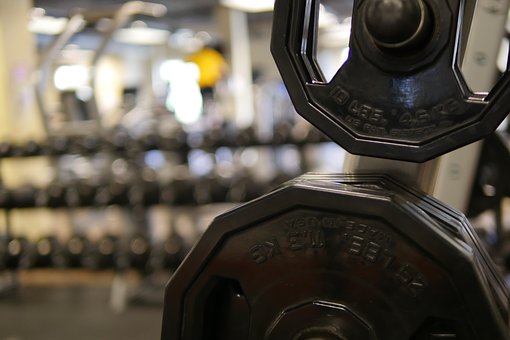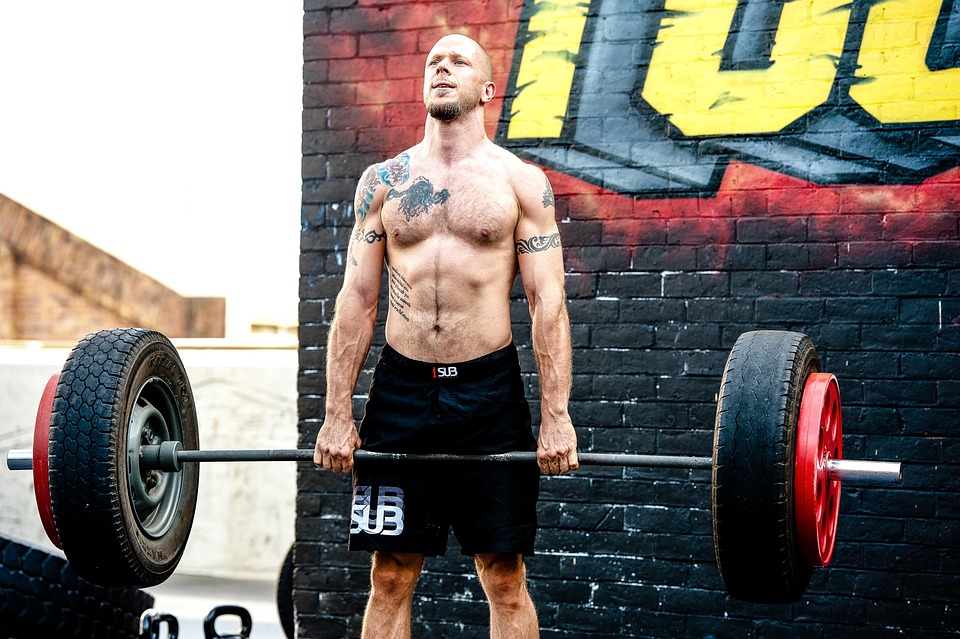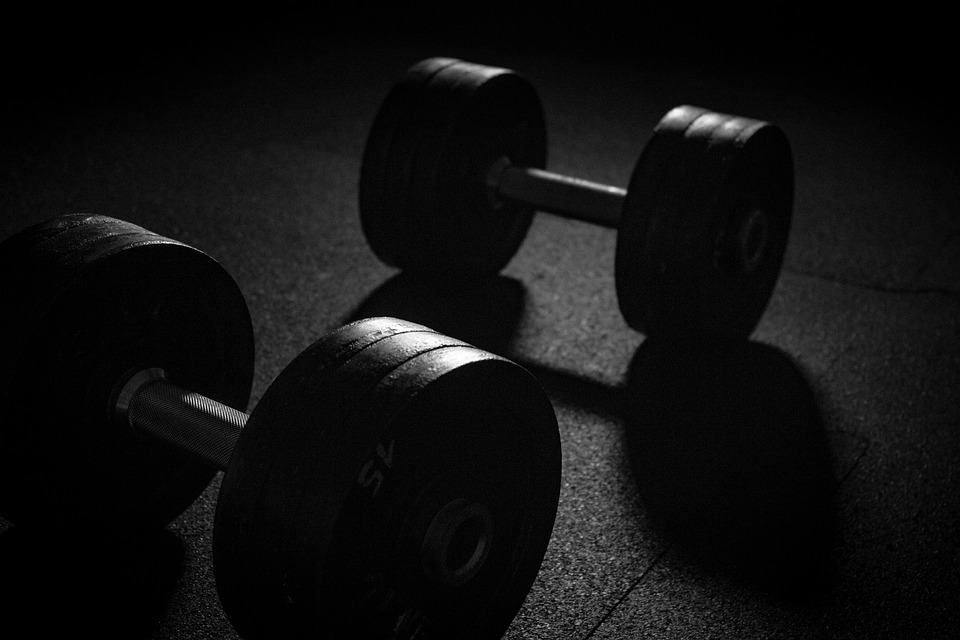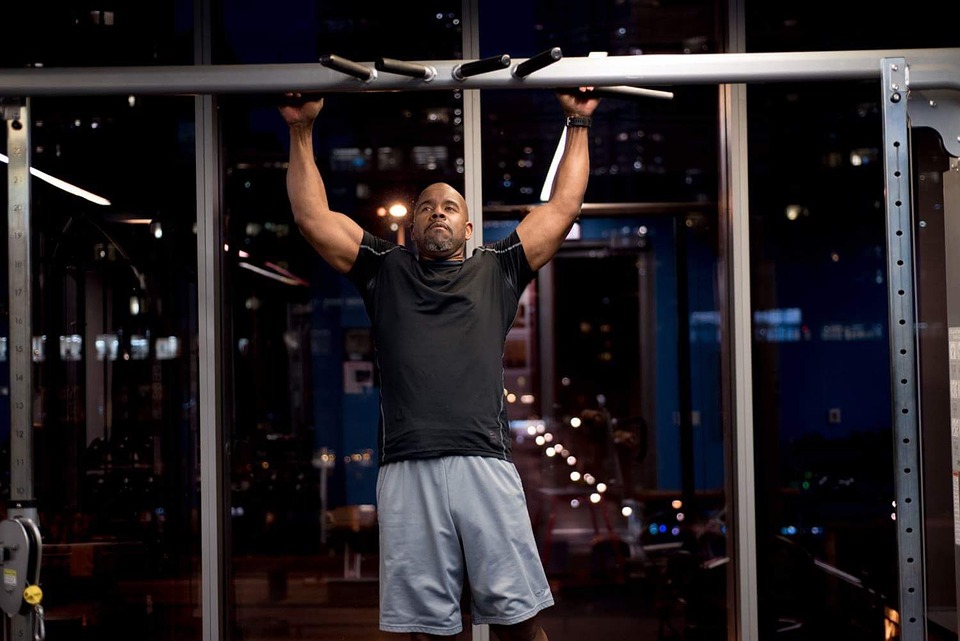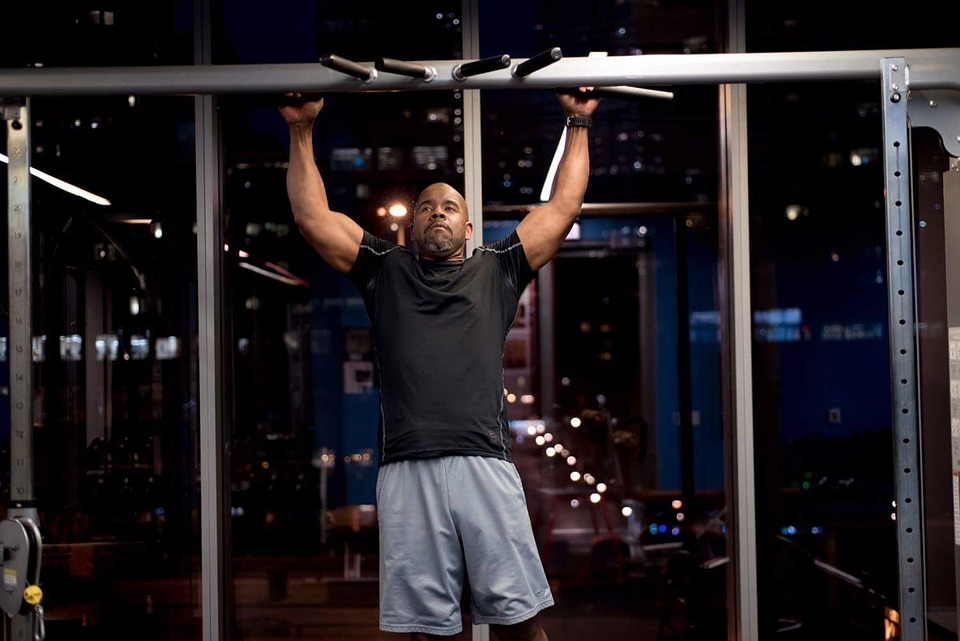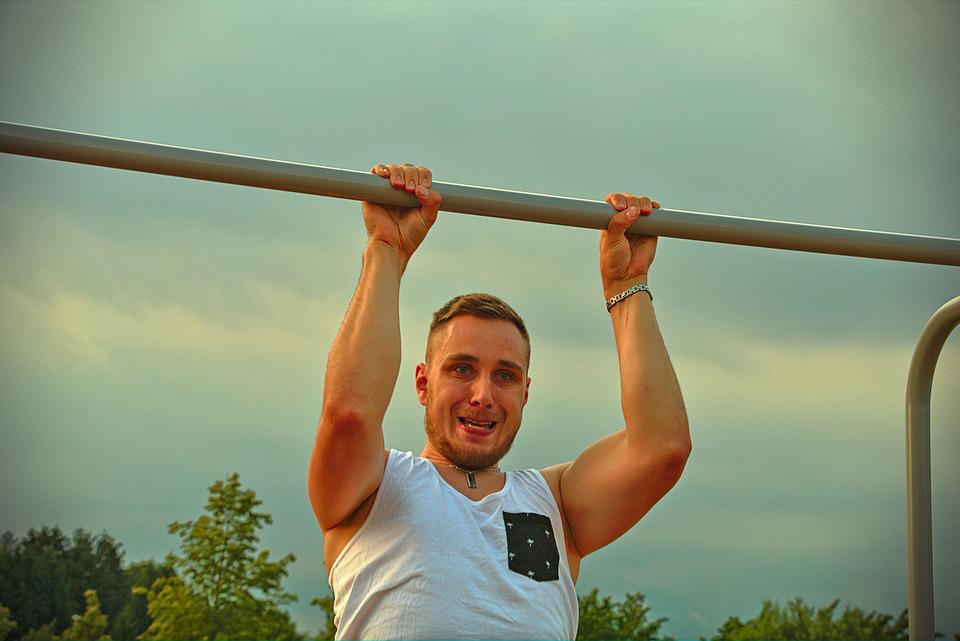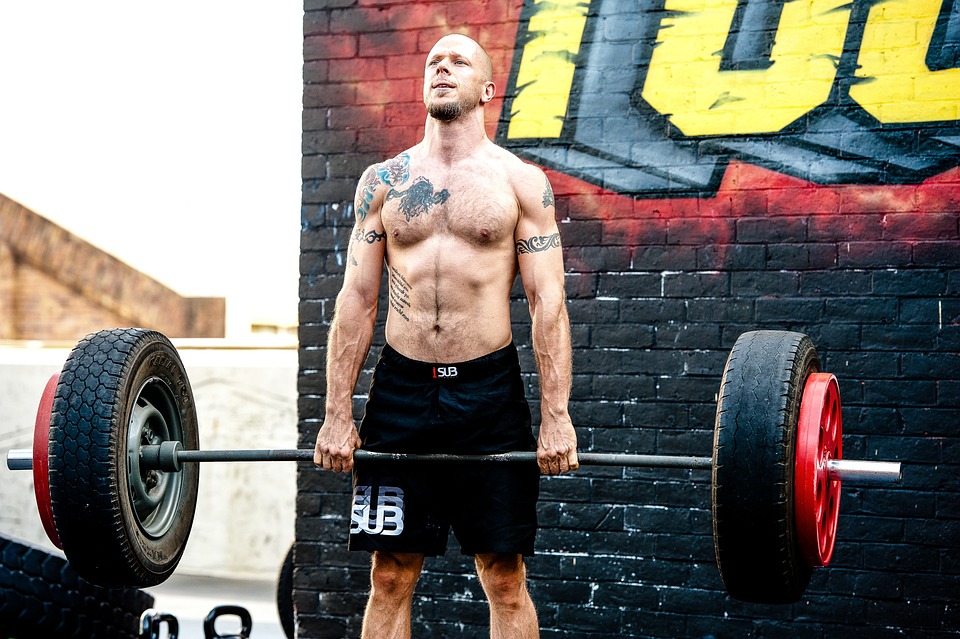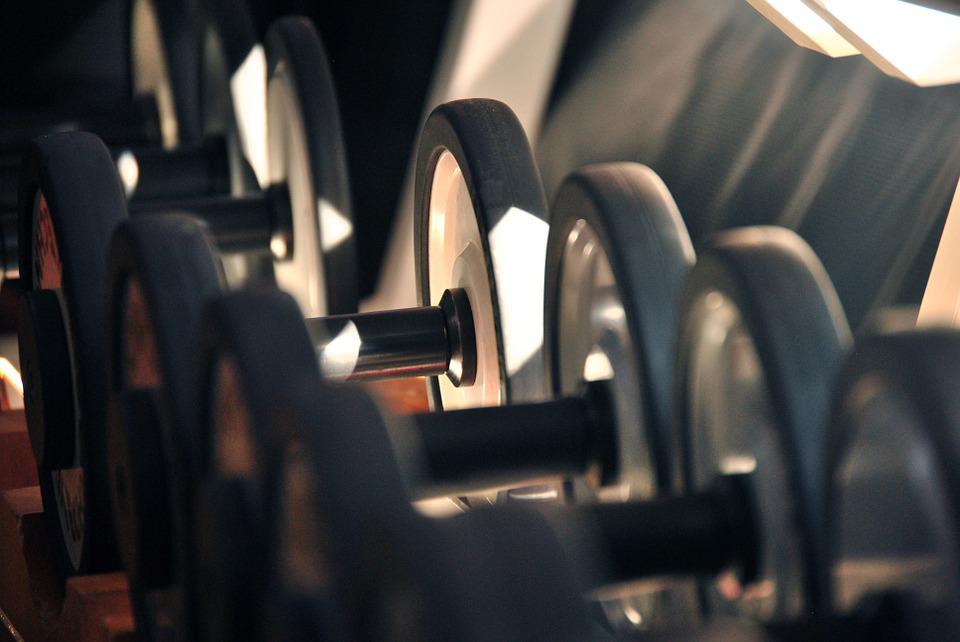
The deadlift is a full-body exercise that is excellent for building overall strength, power, and muscle. You can perform traditional barbell deadlifts, but there are a few other variations as well.
If you’re only doing conventional barbell deadlifts, you may be missing out on some benefits that come from doing different types of deadlifts. Hex bar deadlifts use a hexagonal-shaped bar that combines a deadlift and a shrug. Dumbbell deadlifts are another alternative that use dumbbells to create a different stimulus than what you get from doing conventional deadlifts.
Deadlifts with dumbbells can help you change up your workouts and add a new form of deadlift to your routine.
Benefits of the Dumbbell Deadlift
Increase Muscle Mass
The traditional deadlift is a great way to build your overall strength, but the dumbbell deadlift is especially good for helping you build muscle. Muscle growth happens when you put your muscles under a lot of stress and tension, and then give them time to recover. This deadlift works a lot of different muscle groups, including your glutes, hamstrings, quads, lats, core, traps, and lower back, so it’s great for helping you build muscle all over your body.
If you use dumbbells instead of a barbell to do a deadlift, you can usually put more tension on the muscles you’re targeting, and have a greater range of motion. Even though you might not be able to use as much weight as you could with a barbell, you can still do more repetitions while keeping your muscles working the whole time.
Boost Grip Strength
A stronger grip can improve your performance in the gym, and the dumbbell deadlift is a good exercise to help improve it. The dumbbell deadlift typically requires more reps than a barbell deadlift, which puts more stress on your grip and provides a stronger stimulus.
The dumbbell deadlift is a great way to strengthen your grip.
Fix Muscle Imbalances
If you want to be successful at weightlifting, it is important to have the same amount of strength on both sides of your body. Dumbbell exercises are a good way to deal with any muscular imbalances you may have, because your stronger side cannot help your weaker side as much.
Even though research shows that elite athletes who use tools that challenge each side of their bodies separately can improve their strength and muscle mass, many athletes don’t use them.
Extend Range of Motion
As well as using the right technique, it is important to have a good range of motion when lifting weights. This is because you can use heavier weights with dumbbells than with weight plates, and research has shown that lifting heavier weights leads to more muscle growth.
Beginner-Friendly
The dumbbell deadlift is a good alternative to the barbell deadlift for people who are just starting to lift weights. The dumbbell deadlift is less intimidating than the barbell deadlift, and it is also more accessible in general.
Dumbbells are great for improving coordination and proprioception, which are especially important for beginners. They also allow you to use relatively light weights if you want to.
Increase Stability
The following text is about the importance of having a sturdy and stable body to lift properly and make progress. The dumbbell deadlift is a great way to help improve these areas. Research has shown that dumbbell training increases core activation and involvement of stabilizer muscles.
Some exercises are better than others when it comes to improving stability. The dumbbell is one such exercise. It mimics real-life movement patterns, which can help you in your day-to-day life.
Improve Posture
The deadlift is not only good for building stronger legs, but also for building a stronger back. When performed properly, the dumbbell deadlift targets the traps, the muscle that extends from the neck down through the mid-back. The traps have the essential job of stabilizing the spine and keeping it lined up properly.
How To Do The Dumbbell Deadlift
When holding dumbbells you’re going to want to keep them by your side We will start by using a traditional stance, which means keeping your feet about shoulder-width apart. The way you hold the dumbbells will be different than holding a barbell. When holding a barbell, the bar is straight in front of you with your hands just outside of your legs. When holding dumbbells, keep them by your side.
To work with dumbbells, you should hold them not in front of your body, but off to the side. This will help you keep your shoulder blades back and tight. This is an important tip during the lift – you want to keep your shoulder blades back and tight while still keeping your chest up.
Let’s look at the procedure of movements from the starting position for proper dumbbell deadlift form:
- The starting position will begin on the floor. You will be in the traditional deadlift finishing spot with your back straight, head up, hips deep, and the dumbbells on the floor.
- Before you lift upwards, make sure that your heels are under your hips, shoulder blades back, and chest up.
- Keep your abs tight and breathe out on the way up as you drive through your heels upward.
- Push your hips forward as you reach the top phase of the deadlift and pause for a second
- Breath in and slowly lower back down under control to the starting position.
In this case, the dumbbells are less likely to reach the floor than with a barbell deadlift, which is beneficial as it allows for more muscle development as the muscles don’t have time to relax when the barbell hits the ground.
If you are new to dumbbell deadlifts, you should focus on perfecting your form before moving on to heavier weights. With a little practice, the weights will naturally increase.
Here are some key points to keep in mind when performing dumbbell deadlifts: -You will be using a lighter weight than with a barbell deadlift, so this is a good time to get some more volume for added muscle growth. -Dumbbell deadlifts work well on a back or pulling day. -Start with 5-10 minutes of light cardio and some dynamic stretching to get the heart rate up and blood flow to the muscles.
Dumbbell Deadlift Tips
Now that you know how to perform the dumbbell deadlift, it’s time to focus on the smaller details. Performing the movement correctly can have a big impact on any compound movement you do.
Hinge Properly
One of the most common mistakes people make when doing the deadlift is bending forward at the spine. This is extremely unsafe and ineffective. The movement in the deadlift should come from the hips, not the back.
If you’re not maintaining a straight back during every repetition, you’re missing out on potential gains and could be endangering your body.
Stay Tight
“Keep your back flat” means to keep your spine in a straight line. Imagine there is a pole running from your head to your hips. Your goal is to keep that pole in a straight line, meaning your back should be rigid and straight throughout.
It is important to master the hip hinge and strengthen the muscles in your back and core to keep your spine locked in, in order to lift heavy weights and train hard.
How Does The Dumbbell Deadlift Vary From Conventional Deadlifts?
One simple difference between dumbbells and a barbell is that the conventional deadlift is a more compound movement, meaning that your arms work together to move the barbell. With a dumbbell deadlift, each arm works independently, but both arms still have to perform the movement at the same time.
While you will be able to lift more weight using a conventional deadlift, dumbbell deadlifts allow you to focus more on the muscles being used. The conventional deadlift is more about building power and strength, while the dumbbell deadlift is a great muscle builder. However, both exercises will still help you build strength.
Dumbbell deadlifts require more coordination than a single weight, as you must keep balance between the two weights and move them in unison.
Muscles Worked During A Dumbbell Deadlift
You can see that the dumbbell deadlift uses most of the muscles in your body. We could be here for a while if we listed every single one, so let’s take a look at some of the key muscles used when performing a dumbbell deadlift:
Here are the muscles worked during the dumbbell deadlift
- Glutes – many forget how much the glutes are worked during a deadlift. One of the main functions of the glutes is to help to extend the hips and keep the back straight – both things imperative to a proper deadlift
- Hamstrings
- Trapezius
- Latissumus dorsi
- Erector spinae
- Quads
- Calves
- Hips
- Core muscles
Dumbbell deadlifts not only work your large muscles, but also your smaller stabilizer muscles. This exercise also strengthens your tendons and ligaments. Additionally, dumbbell deadlifts strengthen muscles in your forearms, wrists, ankles, and feet.
Important Things To Keep In Mind When Performing A Deadlift
Even though the dumbbell deadlift is a simple movement, there are many things you need to be aware of to do it correctly and safely. You basically stand up, then lower the weight down.
The main thing to be aware of when lifting weights is to keep your core muscles engaged. This will help prevent you from straining or pulling any muscles. When your core is not engaged, you leave yourself prone to potential injury. Keeping your core tight will help stabilize and control the muscles throughout your abdomen, lower back, and body.
To Engage your core, clench your abs as if someone was going to punch you in the stomach, and hold them like this throughout the deadlift – and all lifts. This will ensure your form remains proper and safe.
You should also be aware of your breathing while weightlifting, as many people tend to hold their breath. This can put a lot of strain on your central nervous system and diminish your power output. If you breathe properly, you will be able to endure more and physically perform better. Additionally, holding your breath can cause an increase in blood pressure.
When lifting weights, exhale on the upwards phase and inhale on the downwards phase. To ensure you are breathing correctly, inhale through your nose. Exhale out of your mouth forcefully.
A tip for keeping the dumbbells close to your body is to prevent them from moving too far forward. This can help avoid muscle strains and pulls in the back and neck.
You will want to take a 90-second break between sets, but a 2-minute break is ideal. This will help prevent your form from getting sloppy when you are tired and help avoid potential injuries.
You need to rest properly so that your muscles are able to handle the full load when you are working out. If you don’t rest enough, your muscles will not be able to gain the strength you want.
Why Do You Need To Start Deadlifting?
If you want to develop full-body musculature, power, and strength, you need to incorporate some form of deadlift into your workouts.
Improving your grip strength through deadlifting will help you to better control barbell and dumbbell movements, and may help you to avoid hitting failure on other lifts due to poor grip.
If you want to improve your grip strength, you can use a lifting strap or hook. However, if you want to get better at gripping the weight, you need to increase your grip strength.

